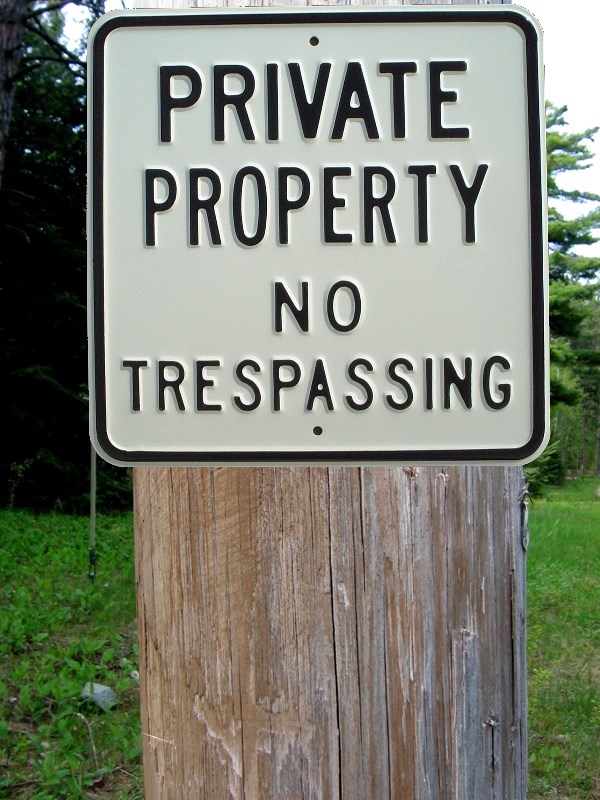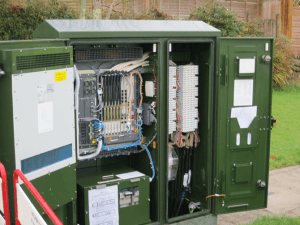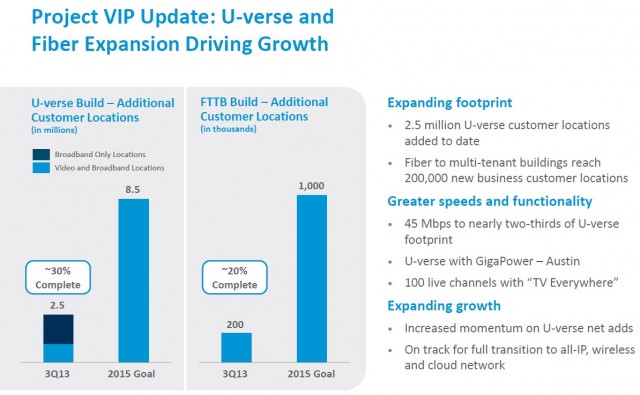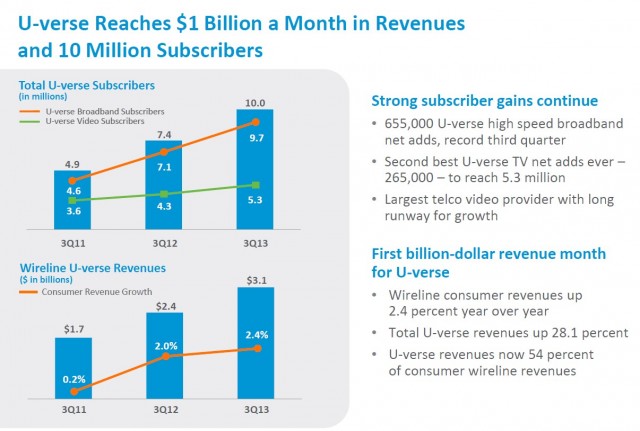 AT&T has informed Google it will not allow the search engine company to use its utility poles to build a fiber optic network that will compete with AT&T’s own GigaPower fiber service, which launched in Austin this week.
AT&T has informed Google it will not allow the search engine company to use its utility poles to build a fiber optic network that will compete with AT&T’s own GigaPower fiber service, which launched in Austin this week.
Current rules require utilities to provide non-discriminatory access to poles for all electric and telecommunications companies. AT&T has declared Google is neither, but is willing to work with the company once it is “qualified,” said Tracy King, AT&T’s vice president for public affairs.
“By challenging the city to force an employer to share its equipment contrary to federal law and without transparency, Google appears to be demanding concessions never provided any other entity before,” said King.
The dispute now threatens to involve Austin’s city council, which fears AT&T’s position could result in thousands of new utility poles being installed next to AT&T-owned poles. City officials warn they are willing to settle the matter by changing the rules for all utility companies, using their authority as the owner of the land on which the utility poles are placed.
“We don’t want people to put up their own poles,” Rondella Hawkins, Austin’s telecommunications and regulatory affairs officer, told the Austin-American Statesman. “We want to avoid anybody putting up redundant utility poles. Could you imagine a city where all the (telecommunications) providers individually have their own utility poles? It would be a mess.”
Google said it wants to bring its fiber network to Austin in the least disruptive way possible, and AT&T’s actions may complicate the project.

Martinez
The proposed rules change threatened by the city council brought immediate opposition from both AT&T and the unions that represent AT&T workers.
“The city of Austin should not jump into what amounts to a business dispute and create winners and losers before everyone can present data on all the stakes that are involved,” wrote Becky Moeller, president of the Texas AFL-CIO.
This afternoon, with the rules change pending on the calendar, Google and AT&T apparently decided to work out the dispute before the city imposed a solution.
“After hard work, lots of meetings and tons of input – AT&T and Google agree to negotiate their issues with the city,” Austin council member Mike Martinez wrote on his Facebook page. “A postponement of [the ordinance change] is highly likely. Thank you to them and all who helped make this happen.”
[flv]http://www.phillipdampier.com/video/KVUE Austin Dispute Between Google ATT 12-11-13.mp4[/flv]
KVUE in Austin reports the pole attachment dispute between AT&T and Google threatens to involve the city council. (3:09)


 Subscribe
Subscribe Rural Norway is getting a broadband upgrade. Out goes last century’s DSL service and in comes gigabit fiber to the home service for villages and towns that American providers would consider unprofitable to serve.
Rural Norway is getting a broadband upgrade. Out goes last century’s DSL service and in comes gigabit fiber to the home service for villages and towns that American providers would consider unprofitable to serve.

 AT&T this month signed up their 10 millionth customer to U-verse High Speed Internet service, surpassing Verizon FiOS as the nation’s biggest telephone company supplier of broadband, television, and telephone service. Coinciding with that success, AT&T is raising prices for U-verse, despite AT&T’s record earnings from the fiber to the neighborhood service, now accounting for $1 billion a month in revenue.
AT&T this month signed up their 10 millionth customer to U-verse High Speed Internet service, surpassing Verizon FiOS as the nation’s biggest telephone company supplier of broadband, television, and telephone service. Coinciding with that success, AT&T is raising prices for U-verse, despite AT&T’s record earnings from the fiber to the neighborhood service, now accounting for $1 billion a month in revenue.


 Cincinnati Bell is an island in the middle of a sea of AT&T — offering over 258,000 southwestern Ohio residents and businesses access to a fiber to the home network that has kept customer disconnects down and broadband speeds up.
Cincinnati Bell is an island in the middle of a sea of AT&T — offering over 258,000 southwestern Ohio residents and businesses access to a fiber to the home network that has kept customer disconnects down and broadband speeds up. The company has plans to bring Fioptics to 35 percent of Cincinnati by the end of this year, according to Leigh Fox, chief technology officer for Cincinnati Bell. The company has successfully upgraded its fiber network to offer 53,000 more homes a fiber alternative to Time Warner Cable during the first nine months of this year. At least 29 percent of Cincinnati residents have cut Time Warner Cable’s cord at least once, trying the fiber to the home service.
The company has plans to bring Fioptics to 35 percent of Cincinnati by the end of this year, according to Leigh Fox, chief technology officer for Cincinnati Bell. The company has successfully upgraded its fiber network to offer 53,000 more homes a fiber alternative to Time Warner Cable during the first nine months of this year. At least 29 percent of Cincinnati residents have cut Time Warner Cable’s cord at least once, trying the fiber to the home service.